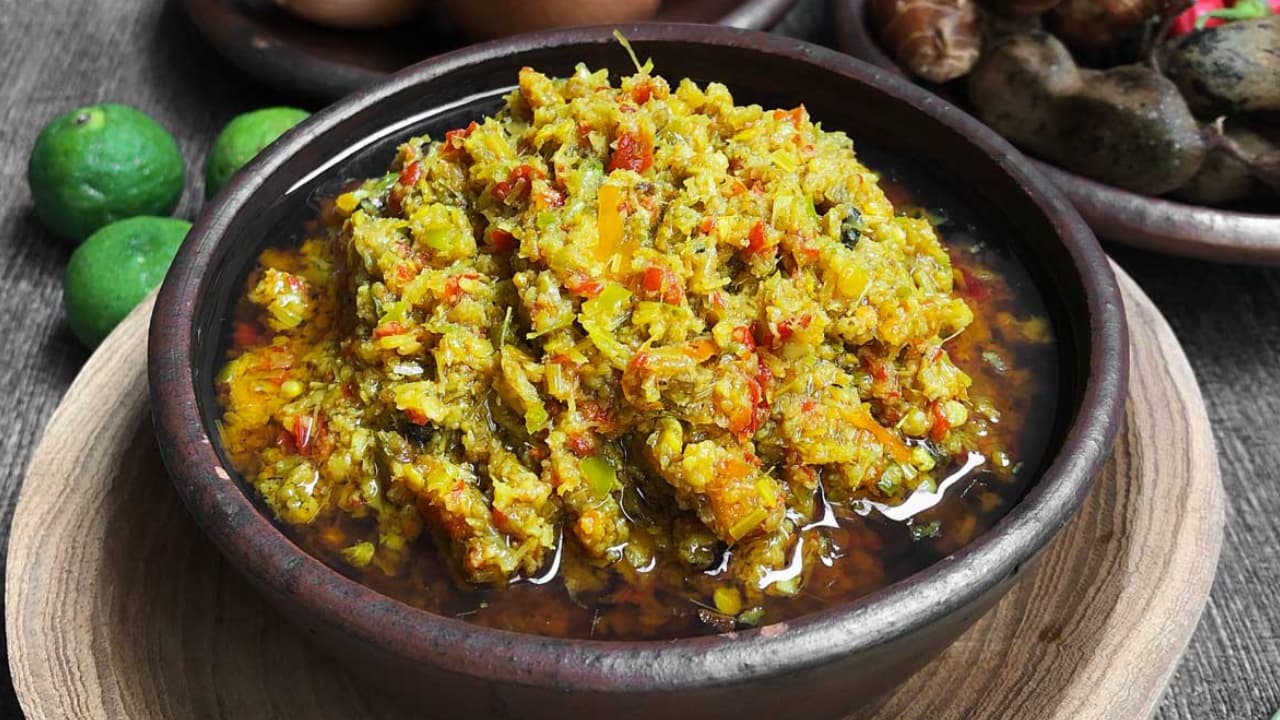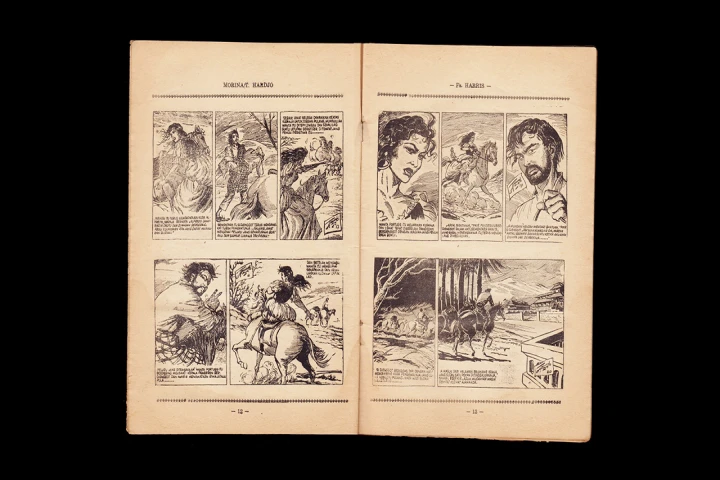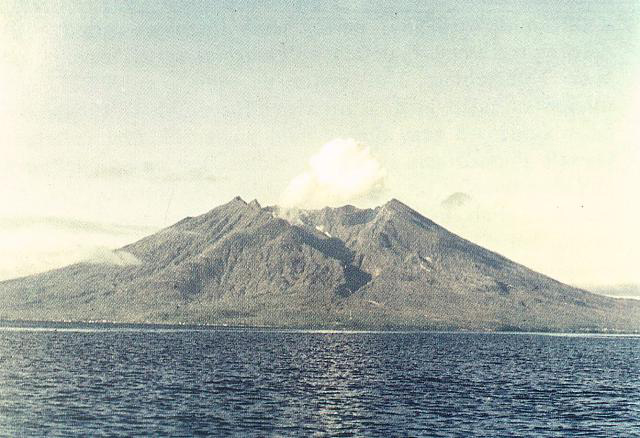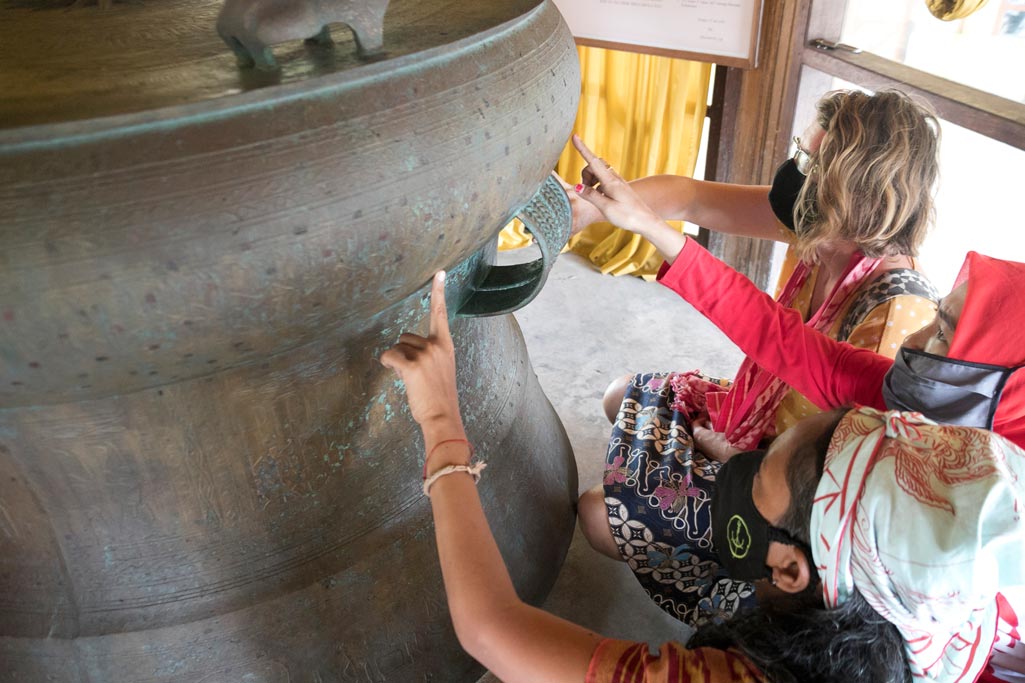
Bali, hearing the name can make us wander through our imagination, from a magnificent hill to the sublime sunset. Bali is indeed a home for all kinds of beauties, from diverse cultures to various landscapes. The Land of a Thousand Temples always tempts anyone who visits to come back, luring them with the intimate atmosphere, from the cultural diversity to the tradition that exists within the community.
Balinese, mostly Hindu, live side by side with meaningful culture, tradition, and custom. We can find meaning not only in traditional ceremonies or rituals but also in the way they dress, the cloth and its pattern, and the serving and processing of Balinese cuisine.
Base Genep is an example. It is the philosophy in the Balinese culinary processing and serving tradition. Base Genep is the basic seasoning used in the food processing of Balinese cuisine. Based on 15 types of seasonings and spices, Base Genep has four main elements: cekuh or aromatic ginger, ginger, isen or galangal, and kunir or turmeric. Usually, to complement the four main elements, two other elements present, containing three extra elements, consisting of two sea elements and one key element.
In the Balinese culture, isen [galangal] represents the south direction, a symbol of Brahma’s existence. Turmeric is in the west direction, which represents Mahadev. With its black color, ginger is in the north as a symbol of Vishnu, while with its white color, cekuh [aromatic ginger] represents Ishvara.
During the making process of Base Genep, the Balinese do not use scale calculation. There is not even a comparison scale. As a replacement, the Balinese elders use fingers to make Base Genep. First, they use the middle finger to measure the galangal, the forefinger to measure turmeric, the ring finger to measure ginger, and finally, the little finger to measure aromatic ginger. Then, they use half of it to count the number of onions. Half of the onions are the measurement for the garlic. Half of the garlic is the measurement for the chili, and half of the chili is for the spices. Lastly, they add salt and shrimp paste as the sea element. Thus, ten elements represent mountain and sea symbols in the Balinese Base Genep spice seasoning.
Base genep, which in the palm-leaf manuscript (lontar) is known as usabe , is used, for example, to make bebek betutu and sate lilit. The Balinese always serve bebek betutu in the Balinese kings’ ceremonies. Besides adding flavor, Base Genep also functions to remove the smell of the duck meat in the cooking.
Another Balinese cuisine that uses base genep is sate lilit. The Balinese often serve it in traditional or religious ceremonies, for they believe in the philosophy contained in sate lilit. It is a symbol of a unifier for the Balinese. The meat wrapped on the lemongrass stalk symbolizes the Balinese, and the lemongrass stalk is the unifier.
From Bali, we see that spices are a lot more than just tastes. Spices and their processed products contain history and philosophy for them. The community needs spices in their lives and thus interprets them as sacred and sustainable values.
Source:
Webinar “Rempah dalam Kuliner Bali” on Jalur Rempah RI YouTube Channel
Text: Diana Noviani
Editor: Doni Ahmadi
Translator: Dhiani Probhosiwi










